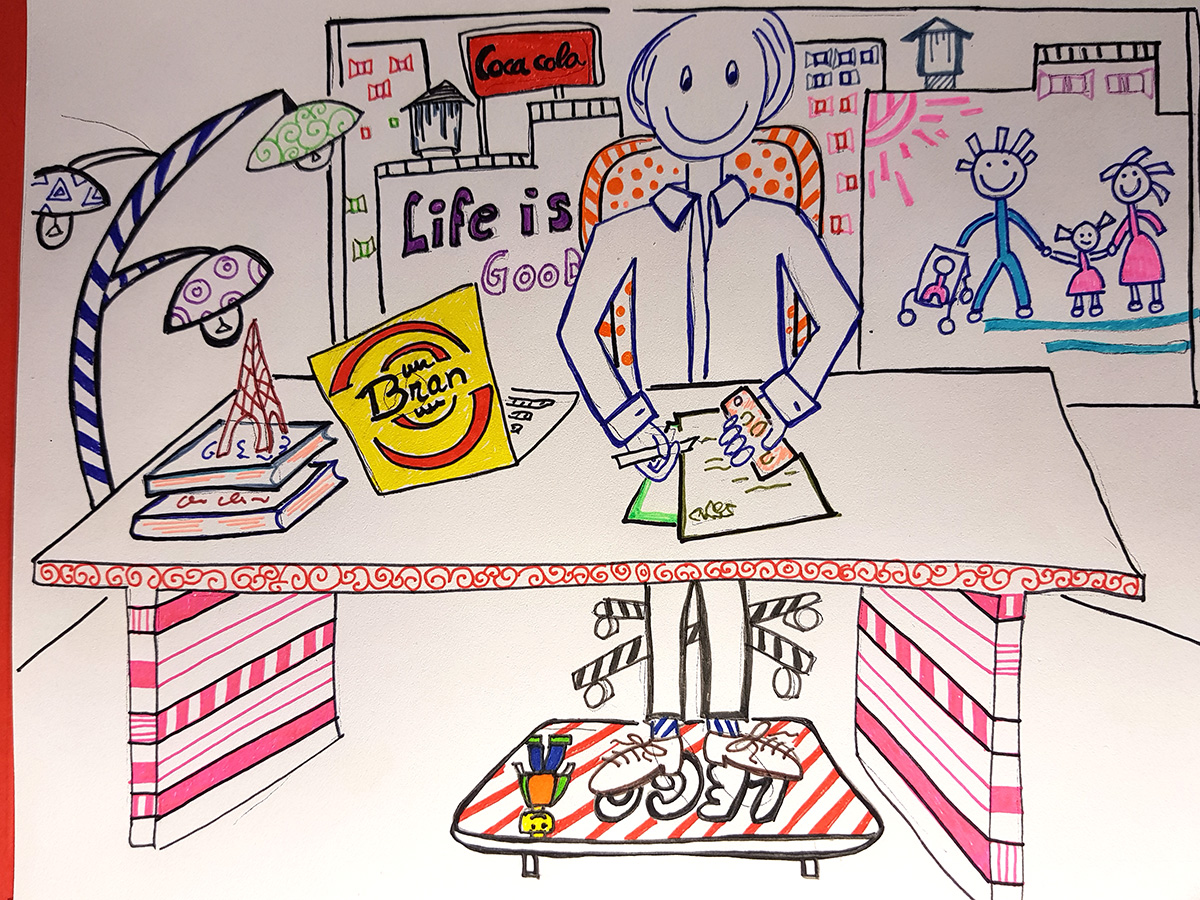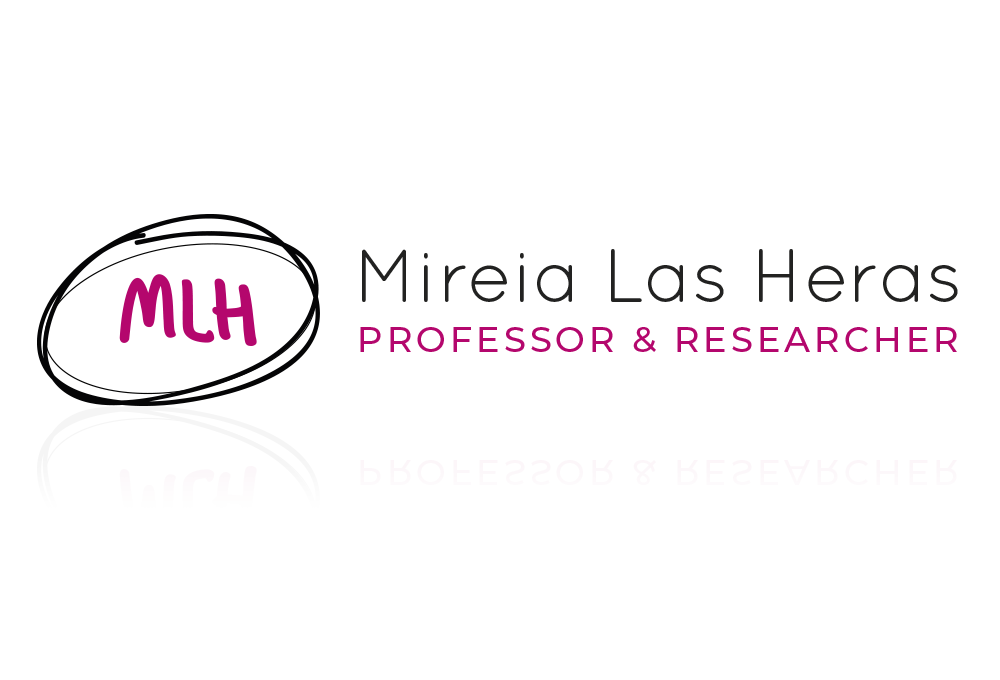Theoretical frameworks I use in my research
Building upon what others have done before me.
In line with the aforementioned premises (mentioned in my Research Philosophy section) for the most part, use five theoretical frameworks to build hypothesis and justify my research questions. These being: Work Family Enrichment (WFE); Social Exchange Theory (SET); Conservation of Resources (COR); Perspective Taking (PT); and Social Information Processes (SIP).
Work Family Enrichment
(WFE)
Work Family Enrichment (WFE) theory predicts that experiences in one role may improve the quality (performance and positive affect) of the other role (Greenhaus & Powell, 2006). WFE stems from the role accumulation theory (Sieber, 1974) and the expansion approach (Marks, 1977). These theories explain how participating in several roles might facilitate individuals to enlarge their social and human capital, as well as to muster energy, and how these positive effects can compensate for the increased demands that arise from engaging in several roles.
Enrichment happens when resources including skills and perspectives (e.g. multitasking skills), psychological and physical resources (e.g. self-esteem), social capital (e.g. advice), flexibility (i.e. discretion to determine when and where to carry out role duties), and/or material resources (e.g. money, gifts) are transferred from one role to the other.


Social Exchange Theory
(SET)
Social Exchange Theory (SET) argues that employees trade their work and dedication to their employer not only for tangible assets (economic principle) such as salary and perks, but also for socio-emotional assets (social principle) for instance caring or esteem (Blau, 1964; Eisenberg, Huntington, Hutchison, & Sowa, 1986). Social exchange mechanisms are rooted in people’s innate impulse to reciprocate (Gouldner, 1960). There are two types of reciprocity (Molm, Collett, & Schaefer, 2007):
Direct Reciprocity
divided into- negotiated exchange
- reciprocal exchange
Indirect Reciprocity
divided into:- chain-generalized reciprocity
- fairness-based selective reciprocity
Conservation of Resources
(COR)
Conservation of Resources (COR) theory builds on two key assumptions; first, people invest resources to deal with threatening conditions or actual loss of valued resources; second, individuals not only strive to retain valued resources but also to accumulate them (Hobfoll, 1989). Each individual values resources differently. Resources can be objects, personal characteristics, conditions, or energies. Individuals see resources as instrumental (to address a stressor or generate new resources) or symbolical (help him to define who he is as a person). Because resources enable the acquisition or preservation of other resources, people are motivated first to create and then protect them.


Perspective Taking
(PT)
Perspective Taking (PT) is concerned with the capacity to consider the world from another's viewpoint. Such capacity depends upon developing a complex understanding of reality (Bartunek, Gordon, & Weathersby, 1983; Weick, 1979). The two primary components of cognitive complexity are differentiation and integration. People achieve differentiation and integration through a transformative process that enables them to set aside their natural tendency and try to understand how others might feel, think, or need. Taking perspective facilitates being better able and more inclined to display effective behavior and fosters positive outcomes.
Social Information Processes
(SIP)
Social Information Processes (SIP) posits that informational cues present in the employees immediate work environments shape their attitudes and behaviors (Weick, Sutcliffe, & Obstfeld, 2005). Thus, interpersonal relations provide a lens through which individuals evaluate their work environments (Grzywacz & Marks, 2000). The social context influences employee behaviors through the creation of meaning as well as through bringing salient information to the employee’s attention (Salancik & Pfeffer, 1978). Hence, the social context influences employees’ beliefs and understanding of what is acceptable, desirable and expected.


